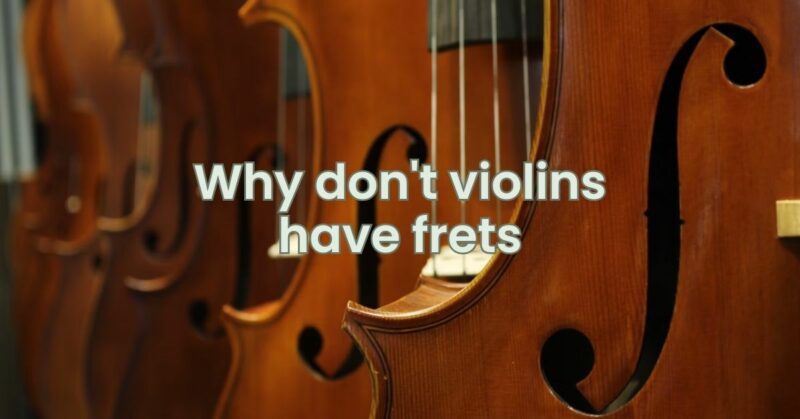Frets are small ridges that are placed on the neck of a stringed instrument to mark the different notes. They are used to help the player know where to place their fingers in order to play the correct notes.
Violins do not have frets for a few reasons.
- Frets can restrict the vibration of the strings. When a string vibrates, it vibrates the entire length of the string. If there are frets on the neck, the string can only vibrate between the frets. This can restrict the vibration of the string and make it sound less resonant.
- Frets can make it difficult to play vibrato. Vibrato is a technique that violinists use to add expression to their playing. It involves vibrating the string back and forth quickly. Frets can make it difficult to do this, as the player has to be careful not to move their fingers over the frets.
- Frets can make it difficult to play harmonics. Harmonics are notes that are produced by lightly touching the string at certain points. Frets can make it difficult to do this, as the player has to be careful not to touch the string on a fret.
Without frets, violinists have more control over the sound of their instrument. They can choose where to place their fingers on the strings to create different sounds. This is what gives the violin its unique sound.
In addition, frets can make it difficult to play fast passages on the violin. This is because the player has to be careful not to move their fingers over the frets. Without frets, violinists can move their fingers more freely, which allows them to play faster passages.
For these reasons, it is standard practice for violins to not have frets. This allows violinists to have more control over the sound of their instrument and to play faster passages.


